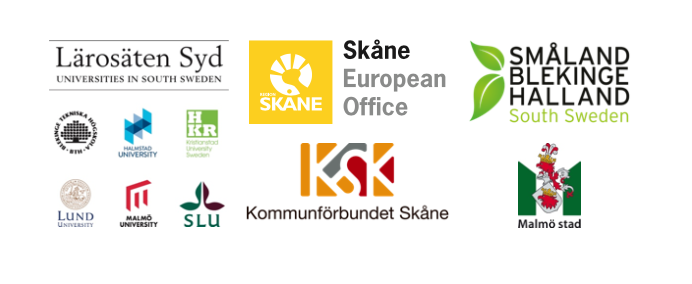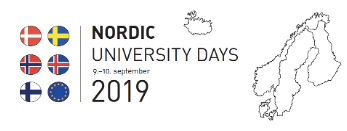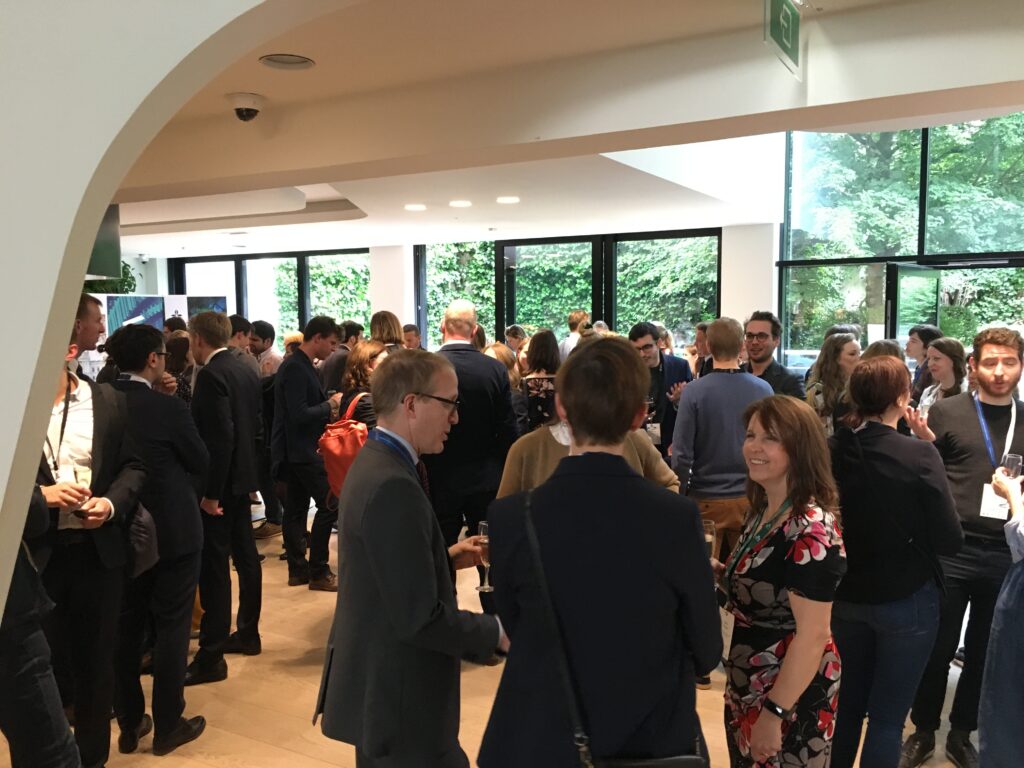The network of Universities in South Sweden were happy to participate in the co-design process that was organised by the European Commission as part of the strategic planning of the next EU Framework Programme for Research and Innovation, Horizon Europe.
The statement below was submitted by Lärosäten Syd to the web-based survey, asking for input regarding the targeted impacts of Horizon Europe and commenting on the Commission’s draft Orientations document.
—
Lärosäten Syd is a network of universities bringing together Blekinge Institute of Technology, Halmstad University, Kristianstad University, Lund University, Malmö University and the Swedish University of Agricultural Sciences.
Universities have a decisive role for the long-term impact of HEU, by providing research that contributes to society through horizon scanning. Research from universities also have the ability to quickly adapt to new perspectives and needs.
The orientations document should make stronger reference to the implementation of the European Research Area. Further details on how Horizon Europe (HEU) as a whole, and not just the part Strengthening the ERA, should be a major objective of the Strategic Plan.
The Interim Evaluation of H2020 states that there has been an increased focus on higher TRLs and product demonstration in the Societal Challenges pillar. We would like to see a better balance between research and innovation in the collaborative parts of HEU. We would also like to see more possibilities for research-based collaborations by introducing Research Actions as a complement to RIA and IA. Such bottom-up initiatives would strengthen relevant research.
The question of balance is also linked to the notion of impact and the time frame for realisation. A linear and narrow approach focusing on economic impact as main outcome in pillar II has resulted in limited opportunities for collaborative research on better understanding societal challenges and their possible solutions and consequences. It is important to avoid a framework that considers impact as exclusively linked to high TRLs. Similarly, there is need for a more flexible time frame for the realisation of the impact that can often develop in unexpected situations. In particular relating to health, the usual time frame of 3-4 years is often insufficient in order to obtain results from fundamental research that can illustrate an adequate impact. The challenges listed in the orientations paper call not only for significant basic and applied research, but also for expanding citizens’ education and skills in the related areas. This is needed both for competitiveness in the EU and to understand our future learning societies. This calls more consideration into synergies between HEU and other EU funding streams for citizen learning.
For the EU to effectively tackle societal challenges and improve people’s health and well-being, funds allocated to the health cluster must be commensurate with the impact the EU aspires to achieve. At the same time, it is crucial that the expected impact remains realistic and targets citizens’ greatest areas of concern. We would like to stress the importance of equal health issues and social innovation. In relation to health, social innovation – development of the efficiency and quality in methodologies and organisation forms – is as important as technological innovation.
Our universities subscribe to the clear focus on social innovation in HEU, and would like to see it applied across all clusters. We would welcome stronger references to how social innovation can help deliver the European Pillar of Social Rights, in relation to increased inclusiveness, migration and integration policies. We would welcome much stronger references to the participation of citizens in science and in collaborative research projects in particular.
We want to stress the importance of material science and call for a broader focus, beyond autonomy of critical raw materials, as research on new materials can help deal with the climate challenge and facilitate industrial innovation. Material science also plays a vital role for energy systems, the built environment, the life sciences sector and cultural heritage.
HEU needs to recognise the scientific, economic and societal role of R&I infrastructures, including large scale facilities. Encouraging the development of R&I ecosystems around infrastructures will add to their impact. More opportunities for collaboration between R&I ecosystems will further increase Europe’s scientific competitiveness and attractiveness and improve opportunities to match scientific discoveries with societal needs.
The possibility for research infrastructures of Europe to maintain their openness through as funded through Transnational Access is fundamental for the transfer of knowledge. It is also a tool to support EU13 researchers with access to first class infrastructures, thereby contributing to widening participation.
Finally, impact is strongly connected to implementation. Simplification of rules, forms of collaboration and how long and complex a proposal is will influence who will apply. The best researchers often have other sources of funding, so it is vital to make it attractive to take part.



